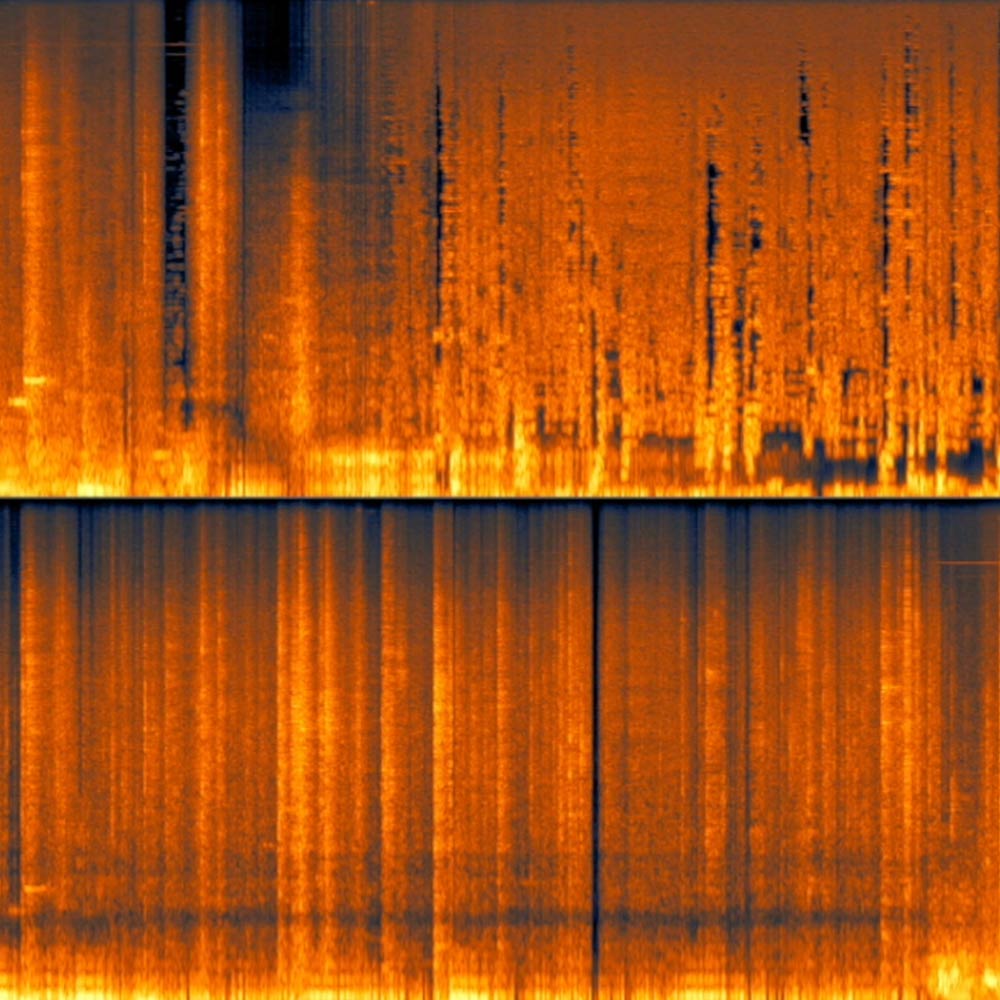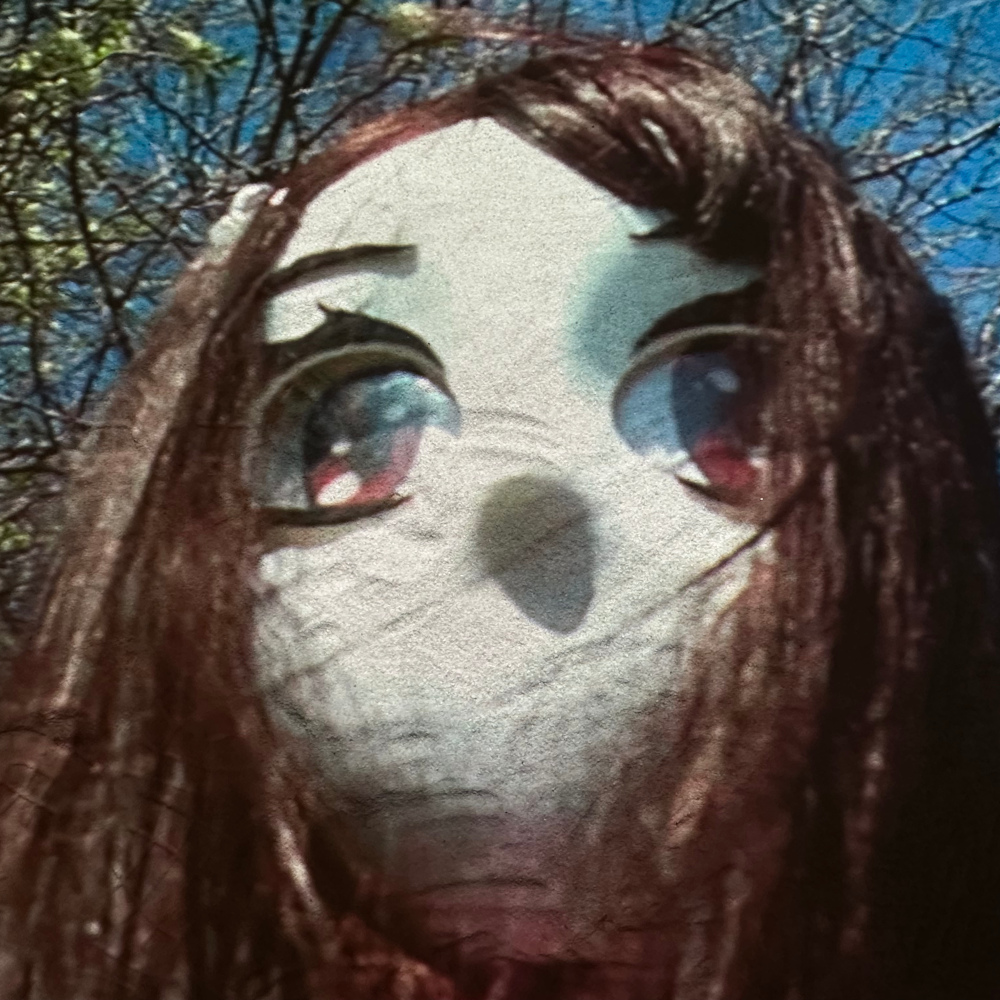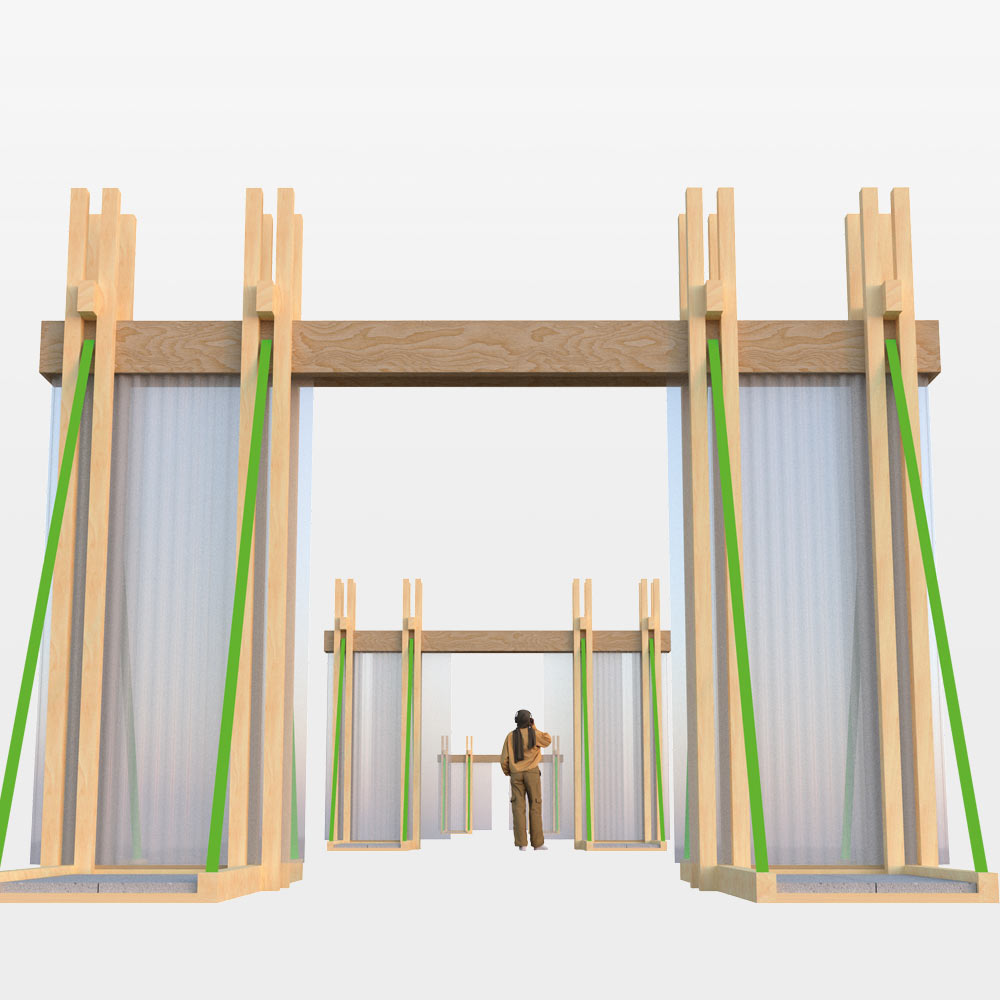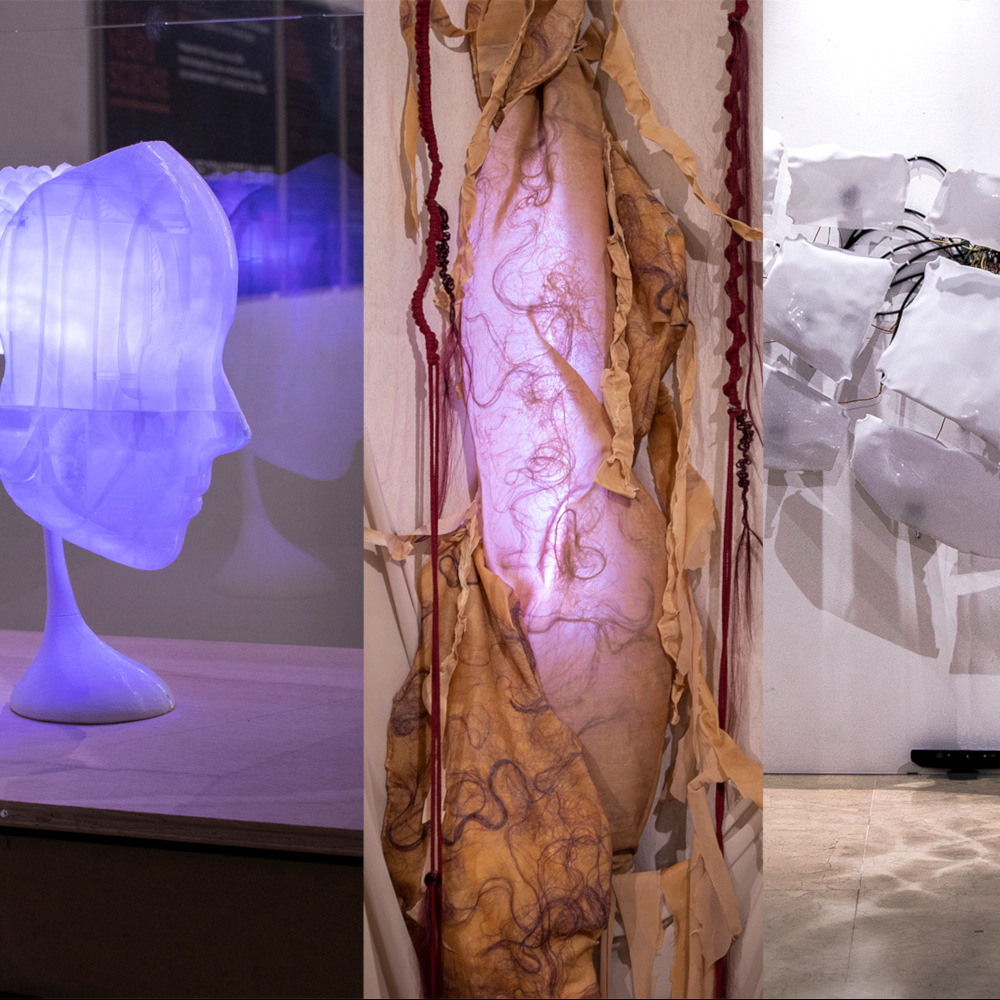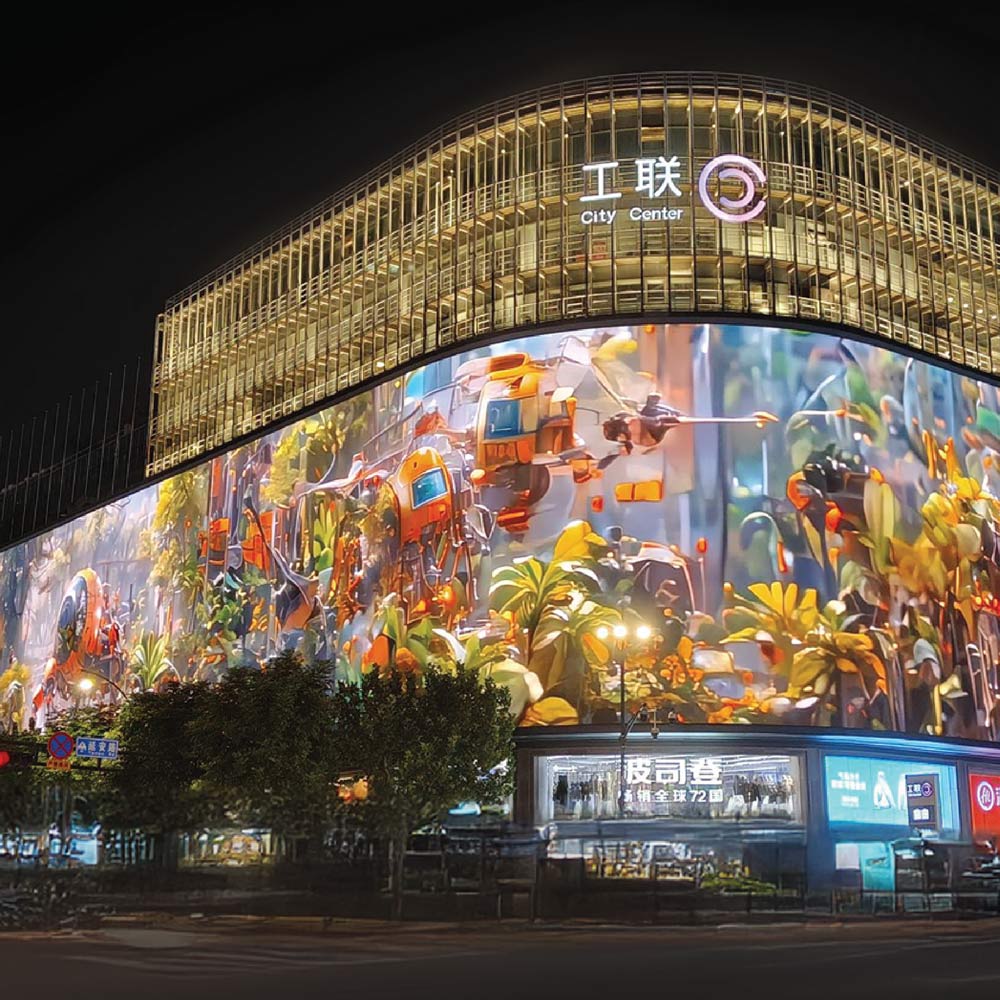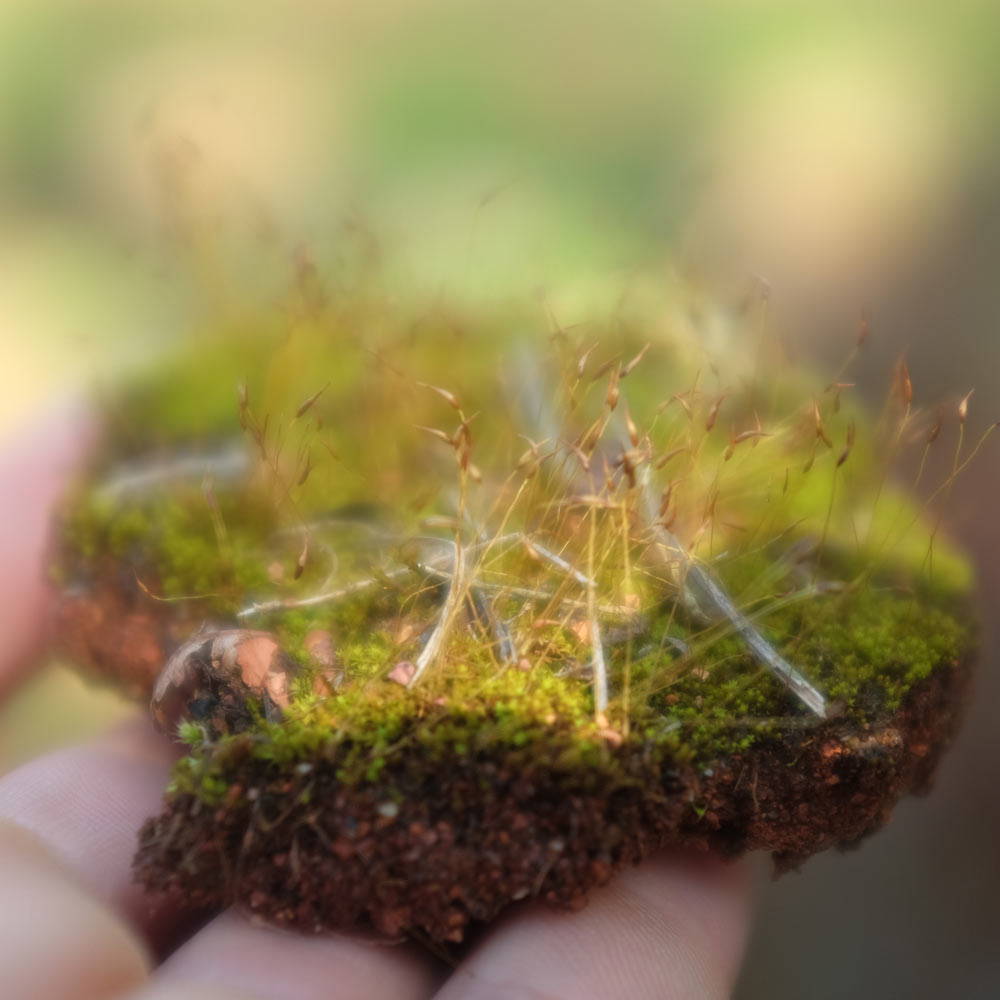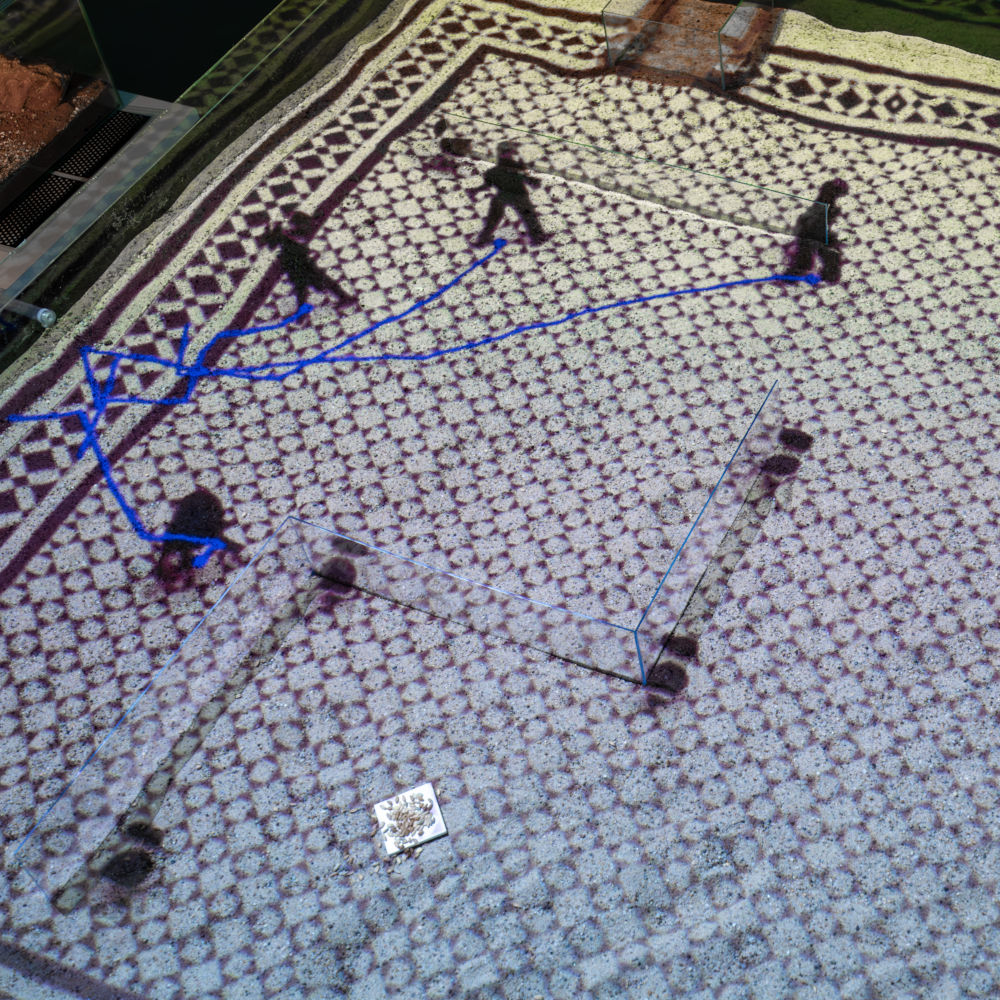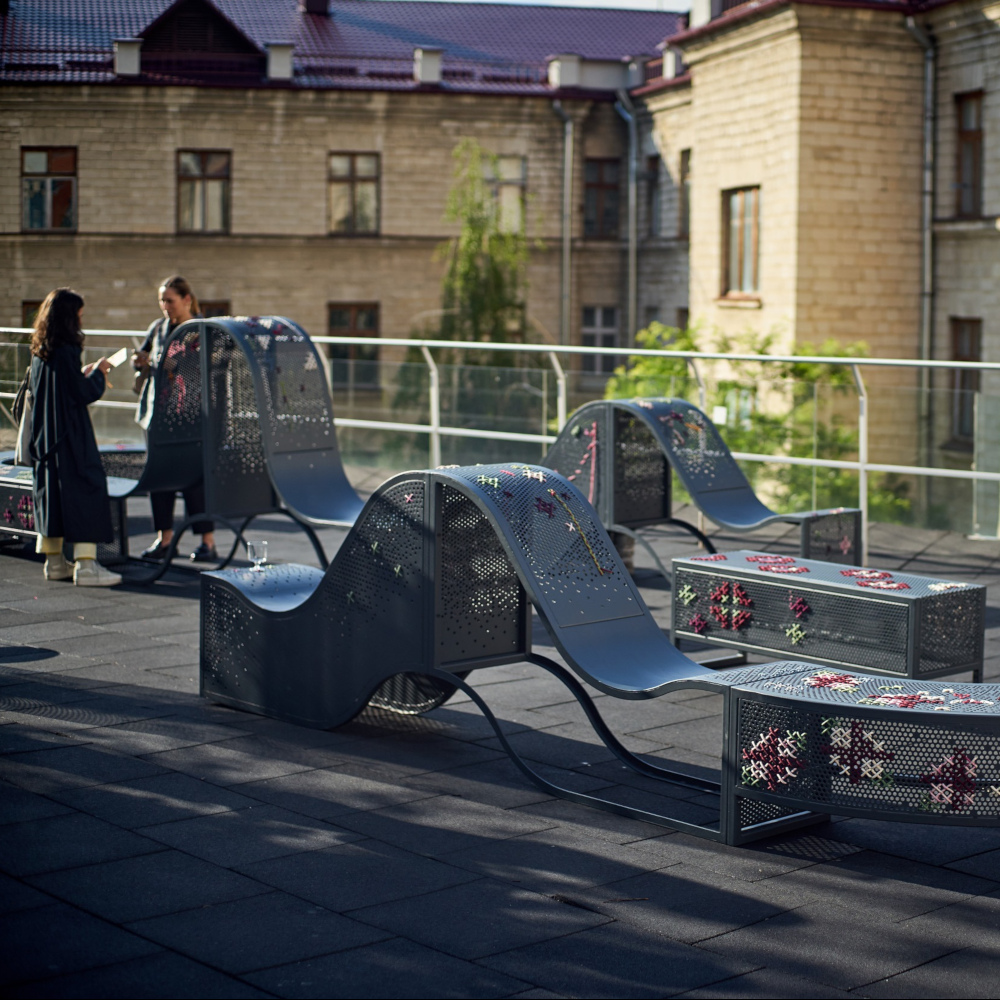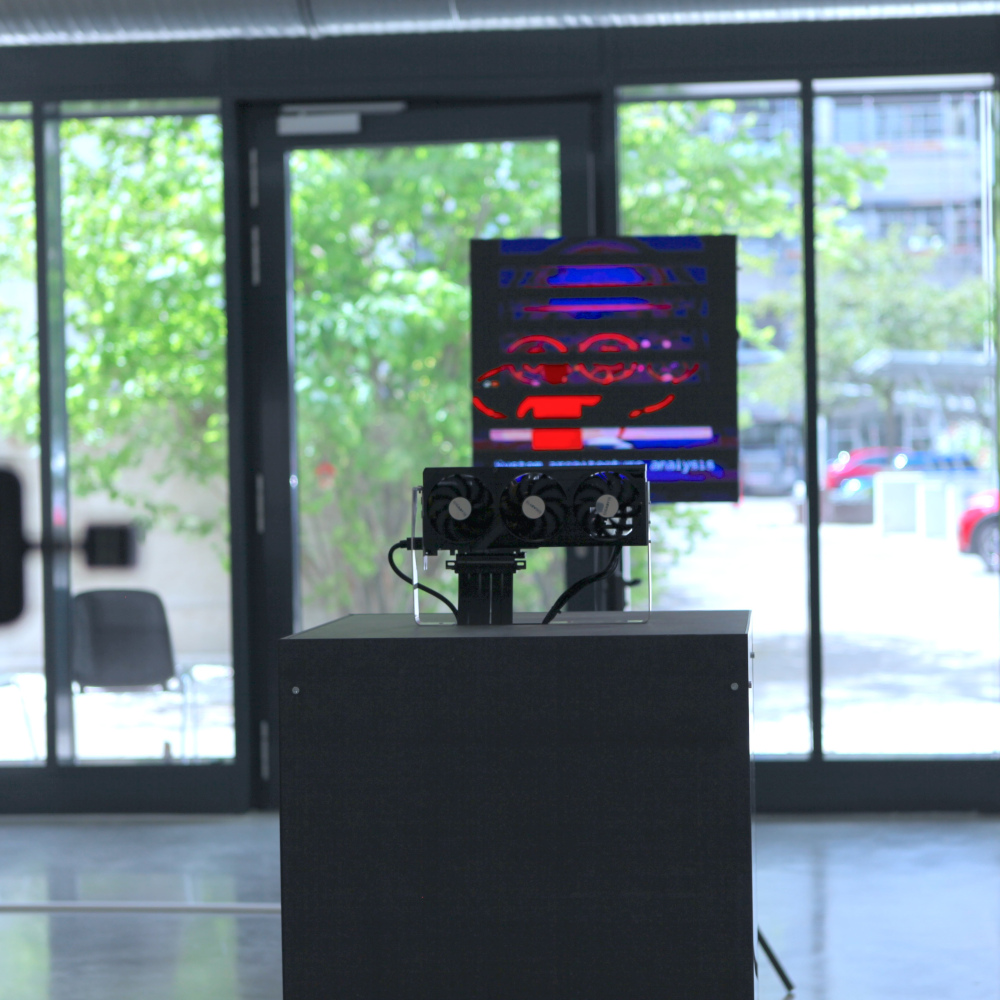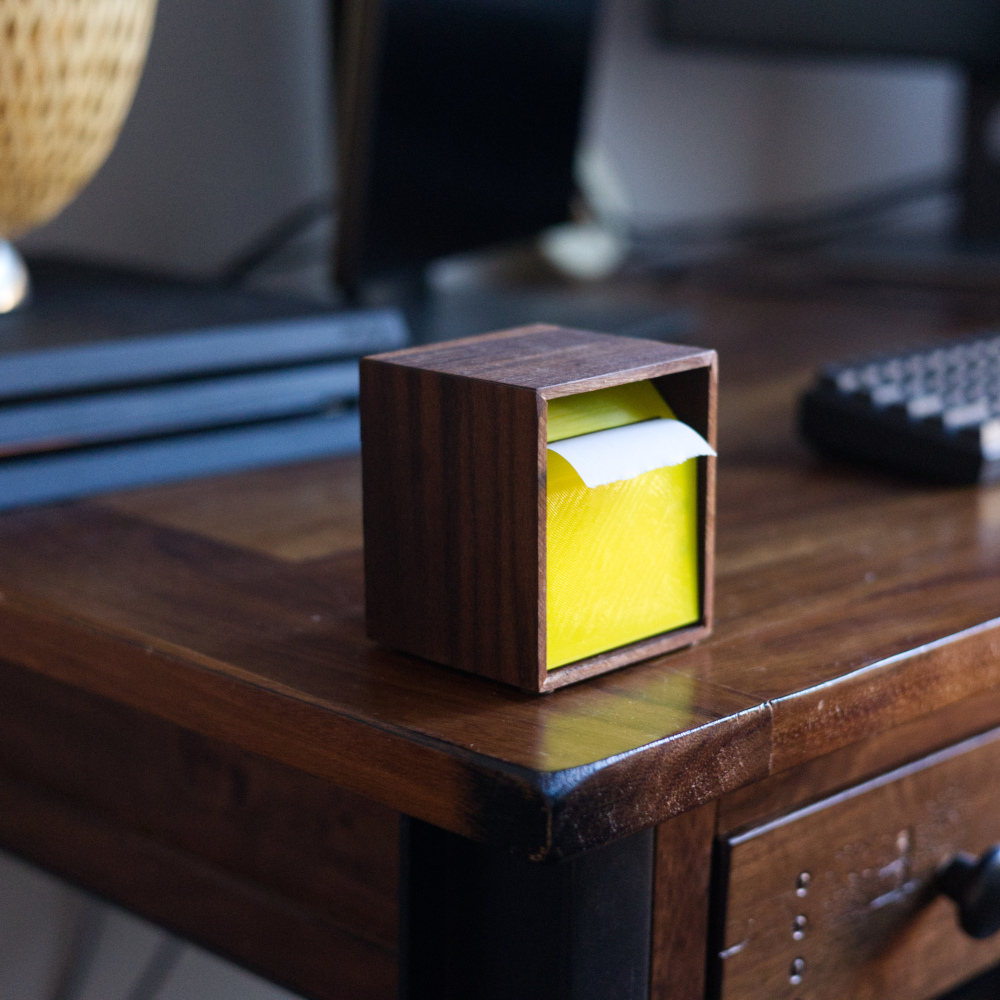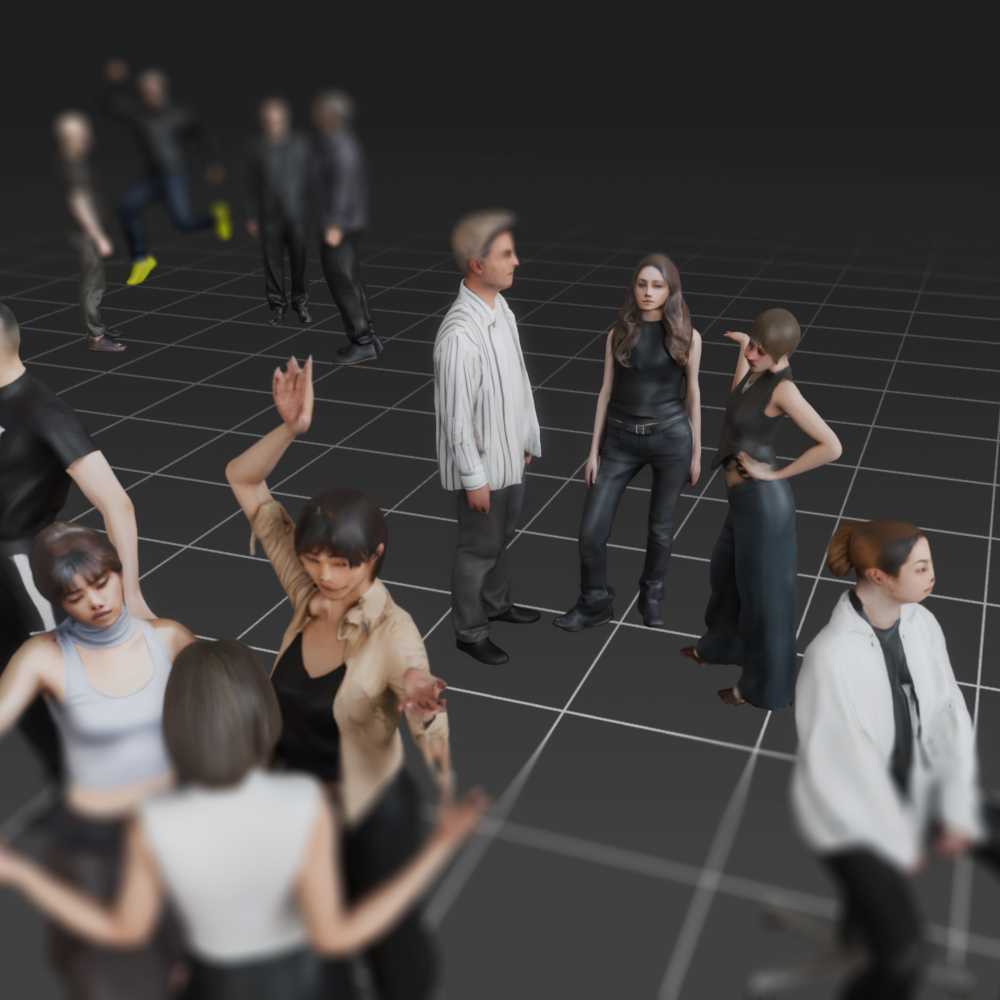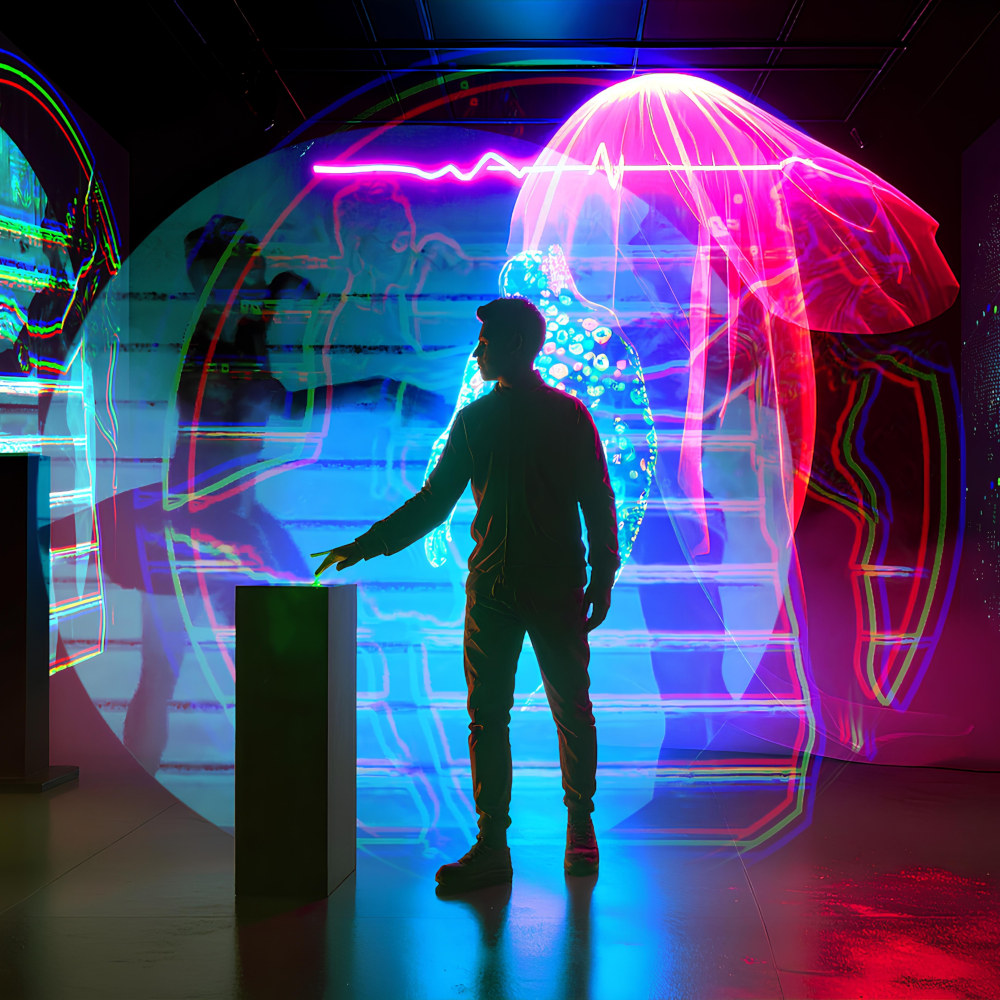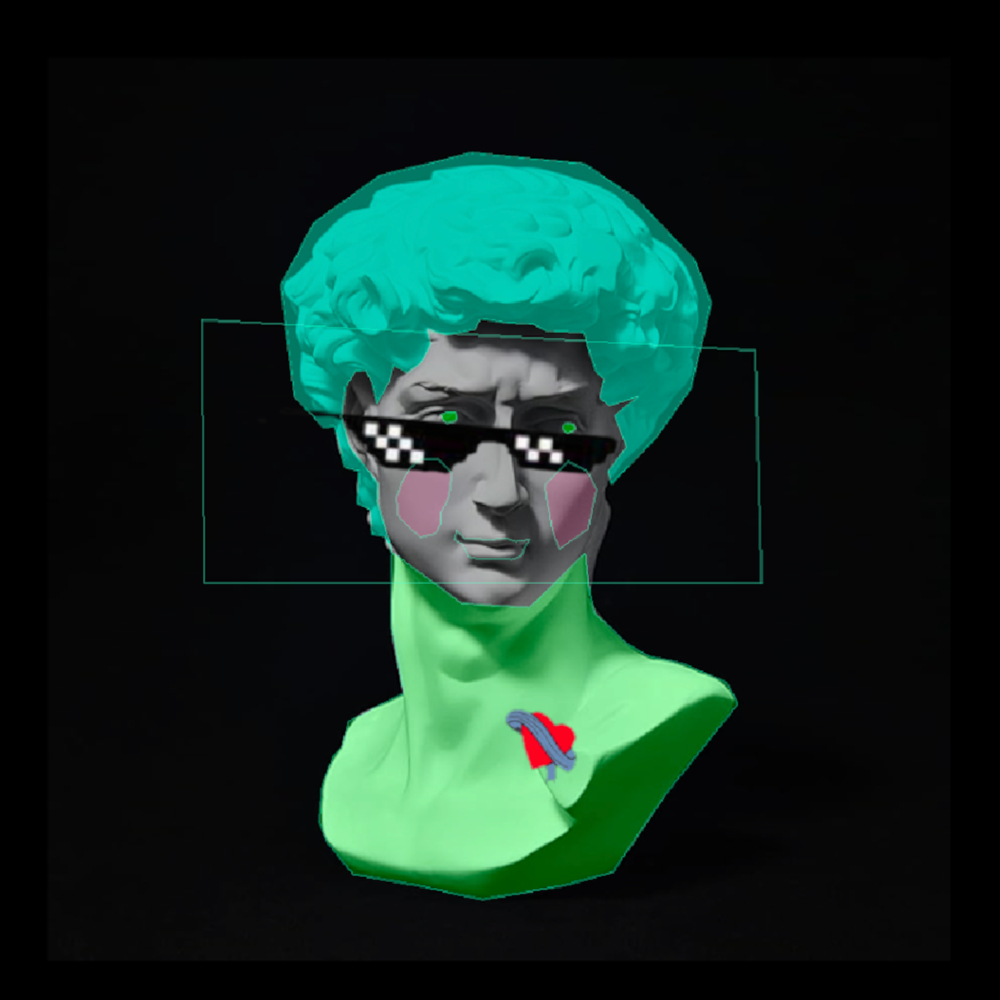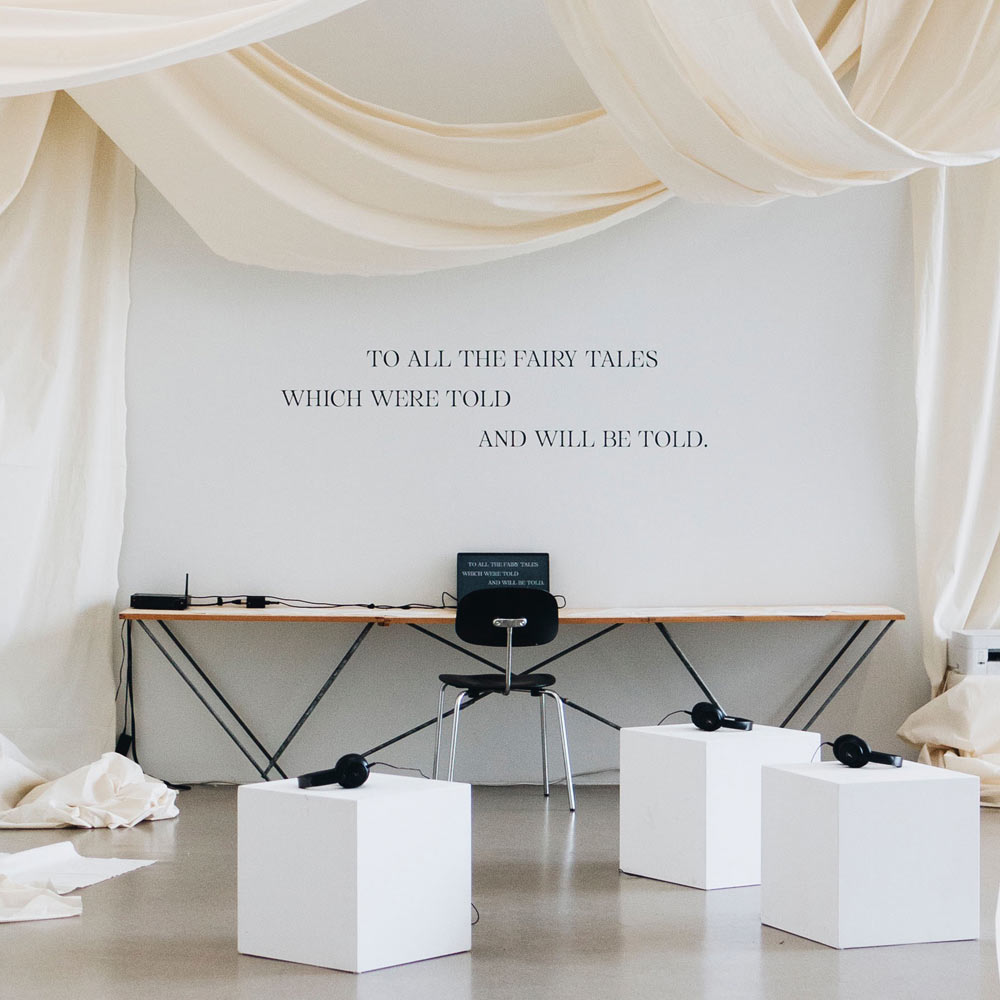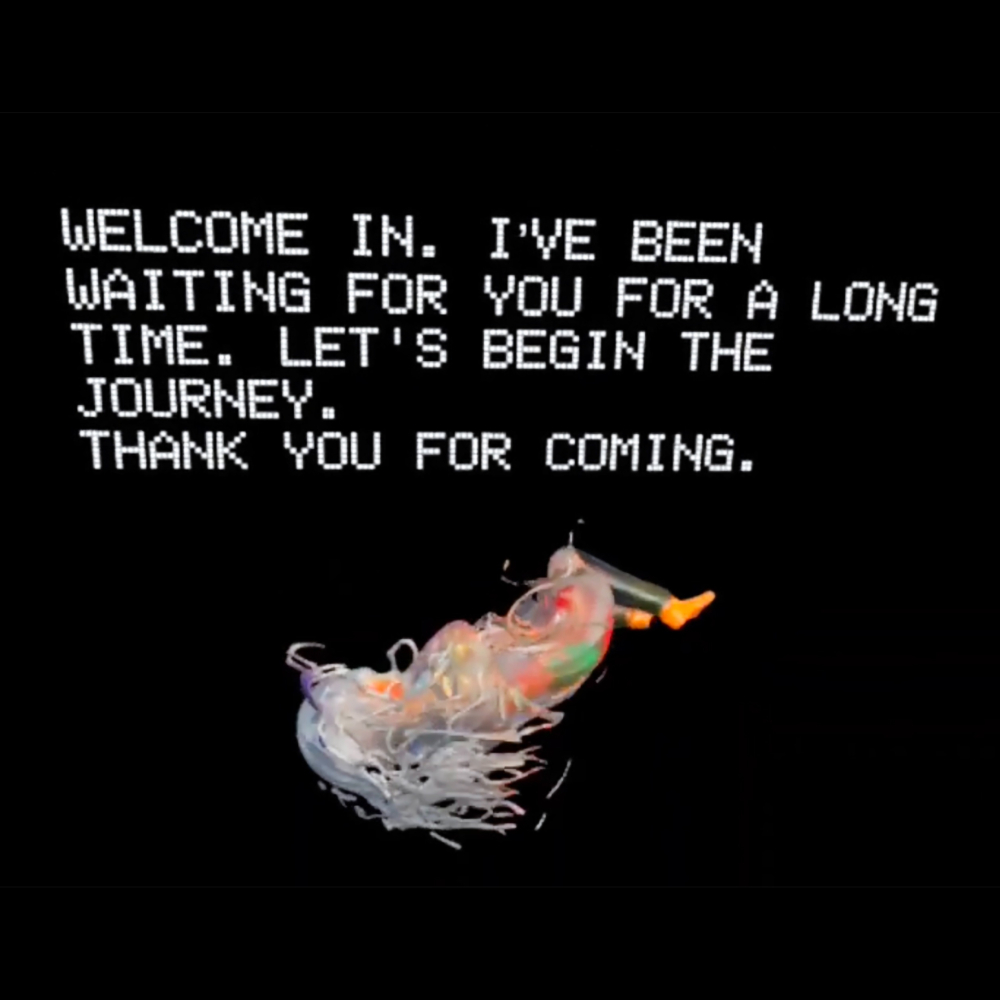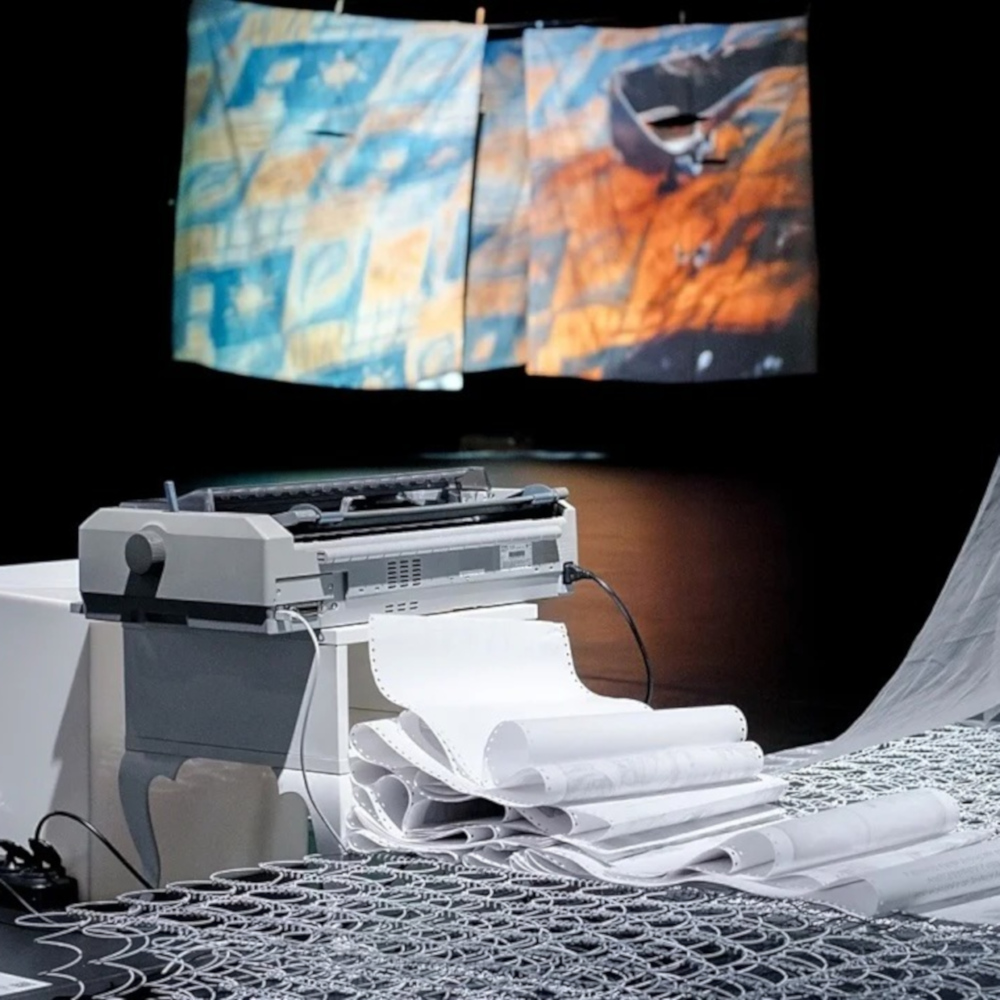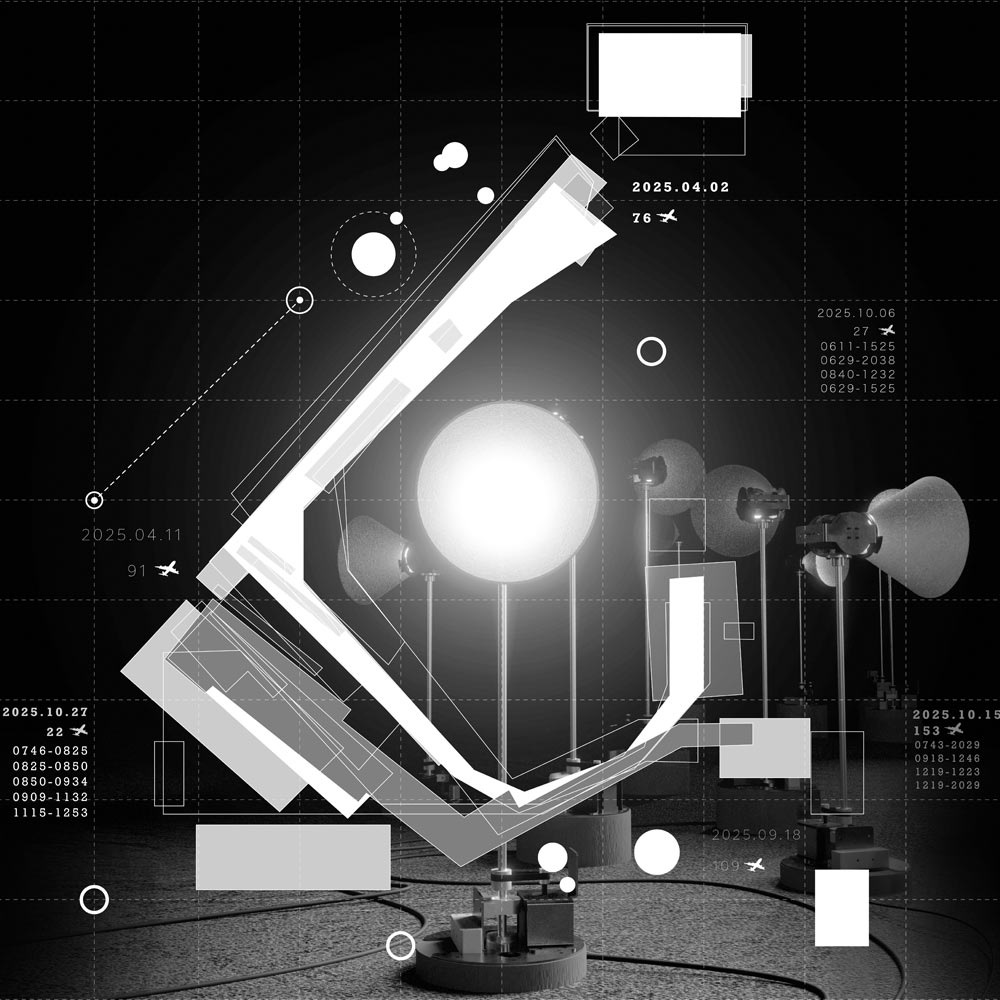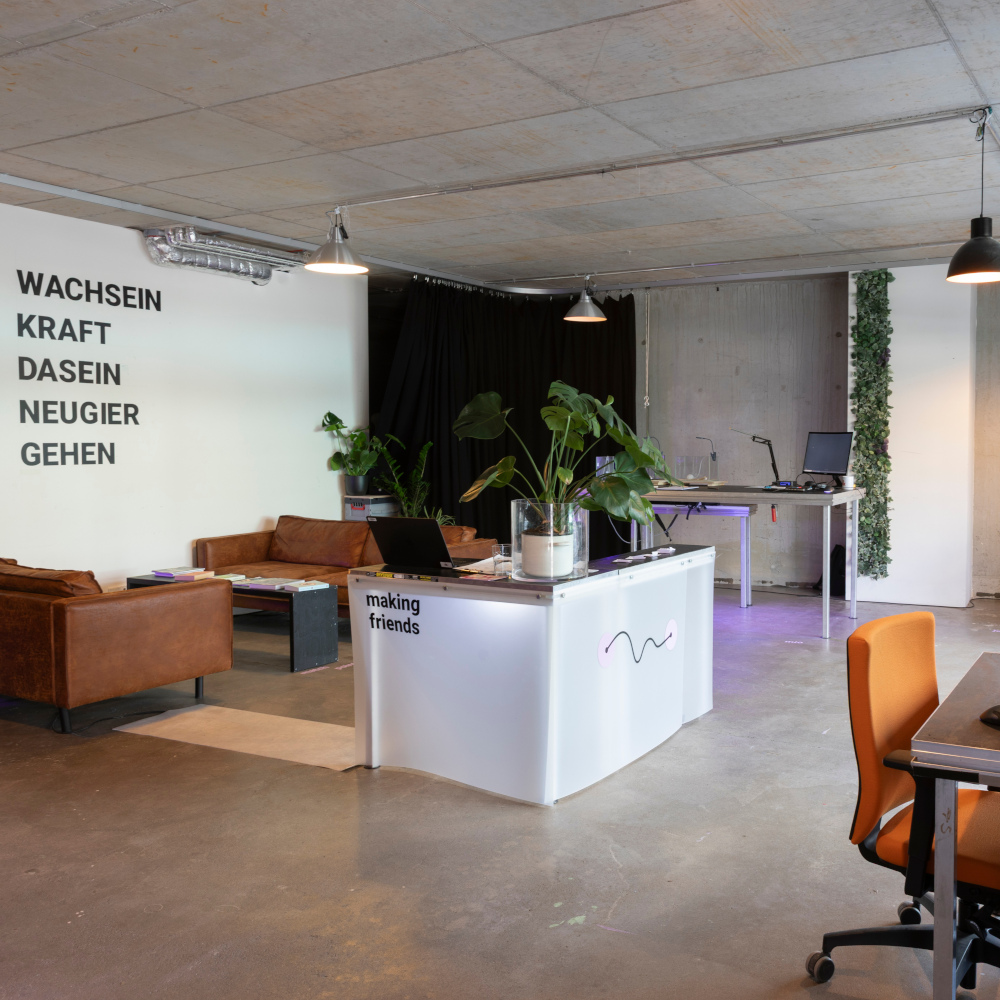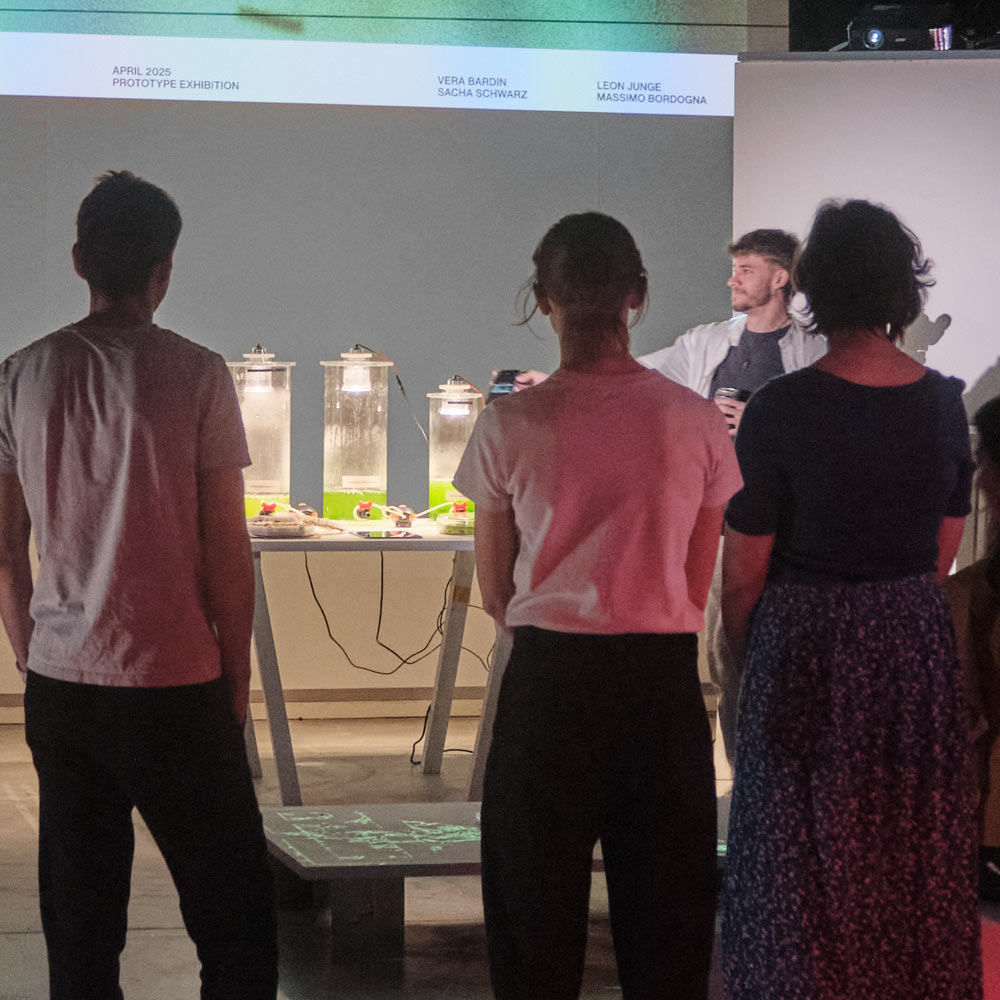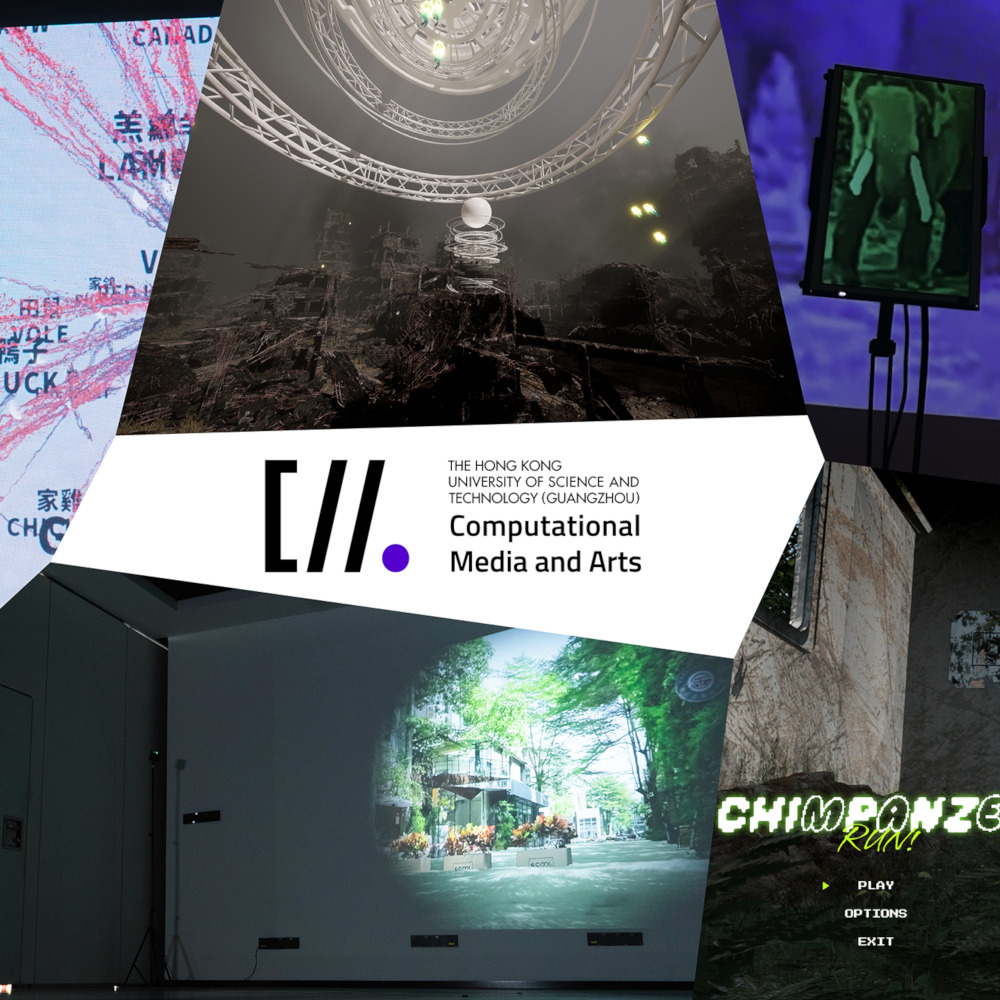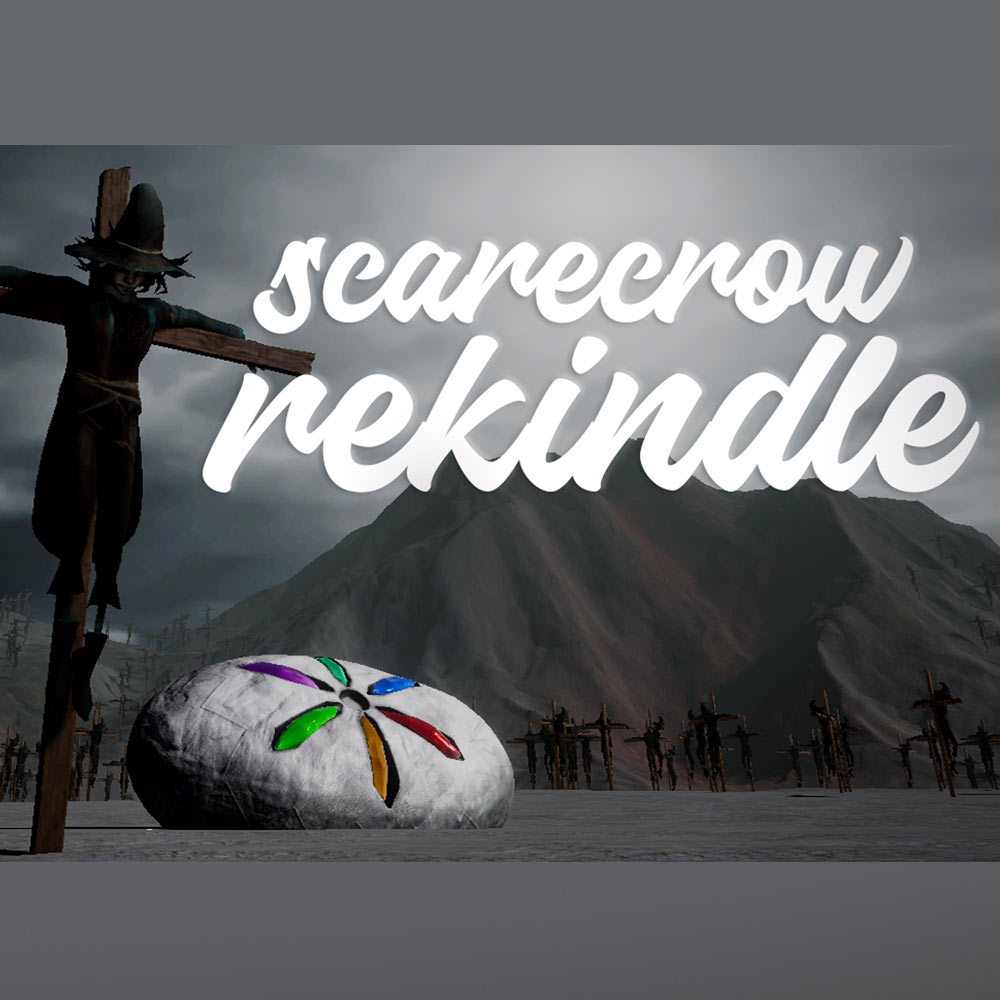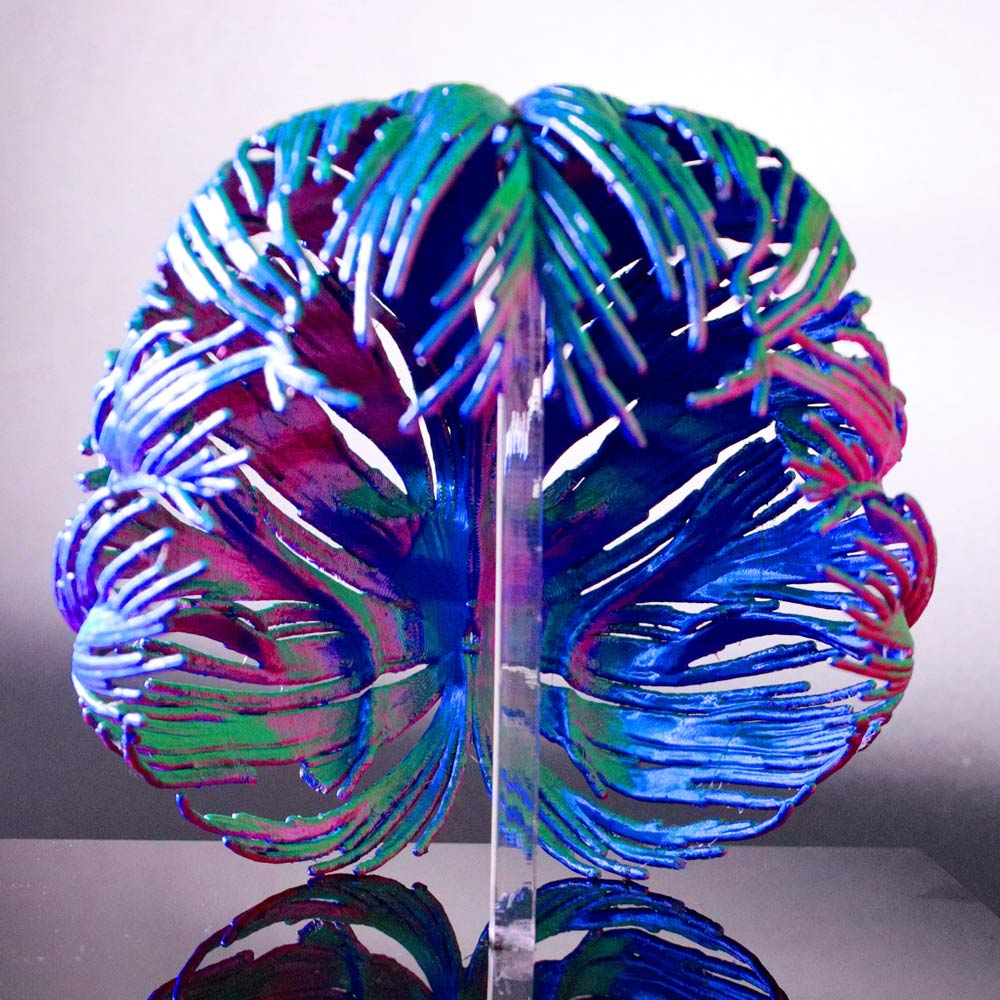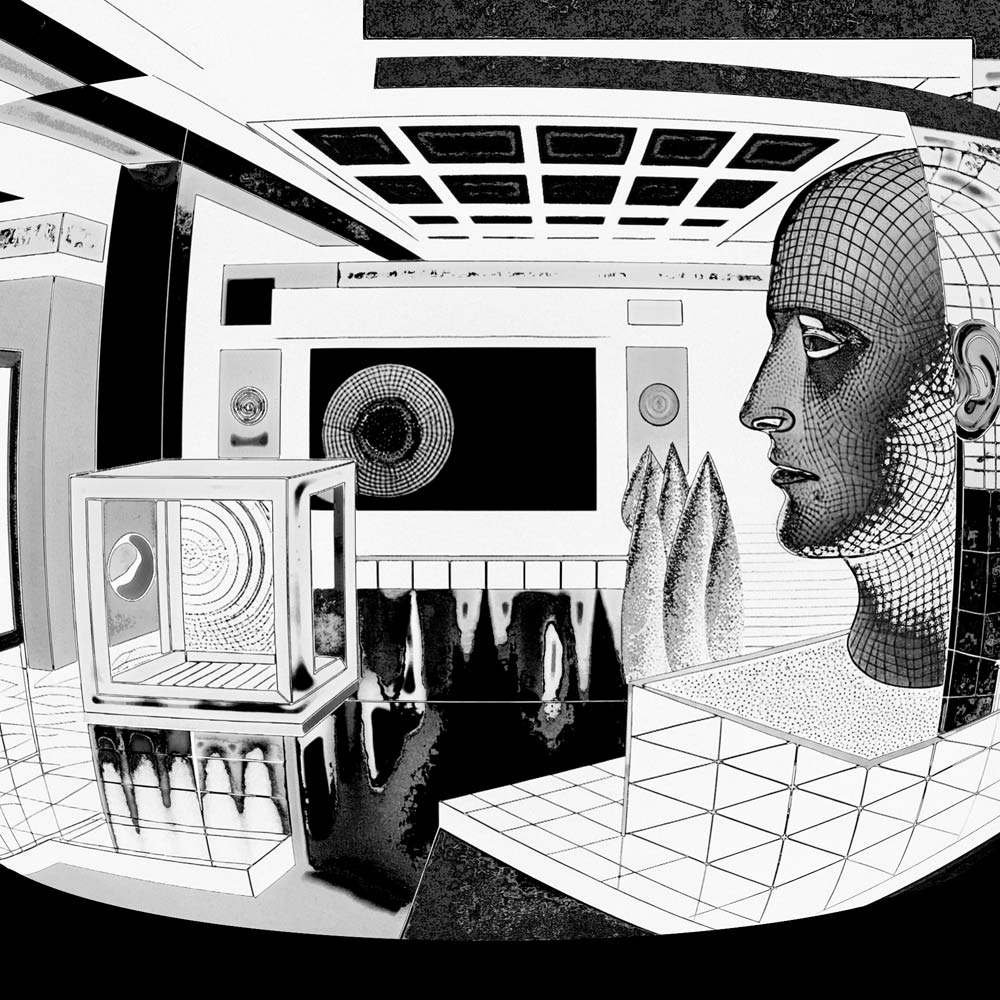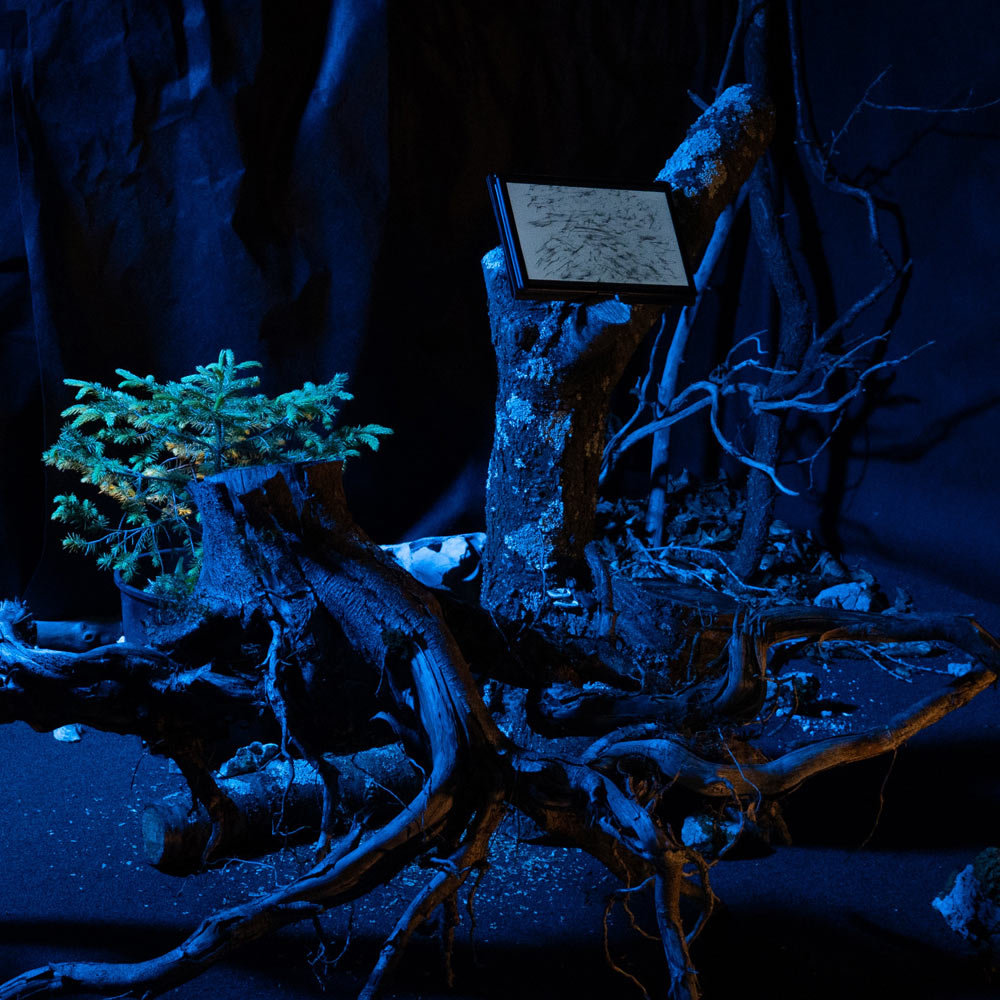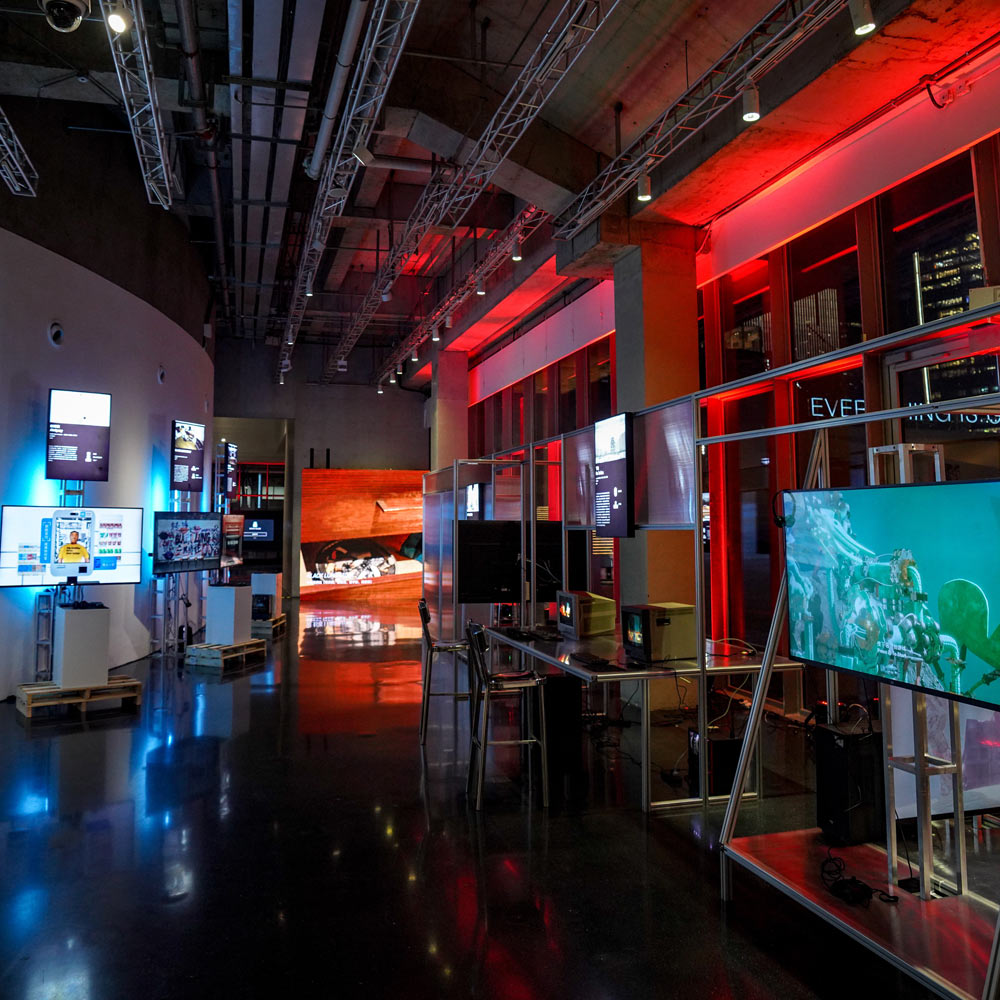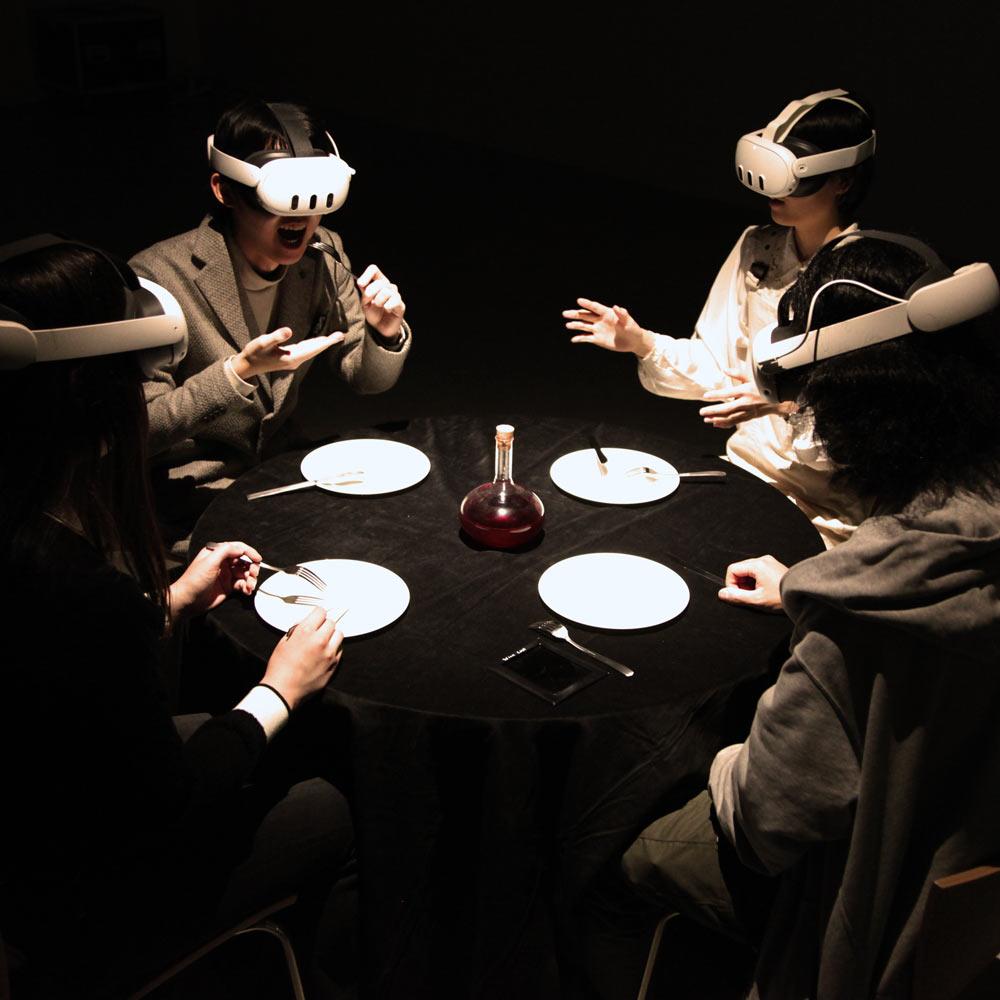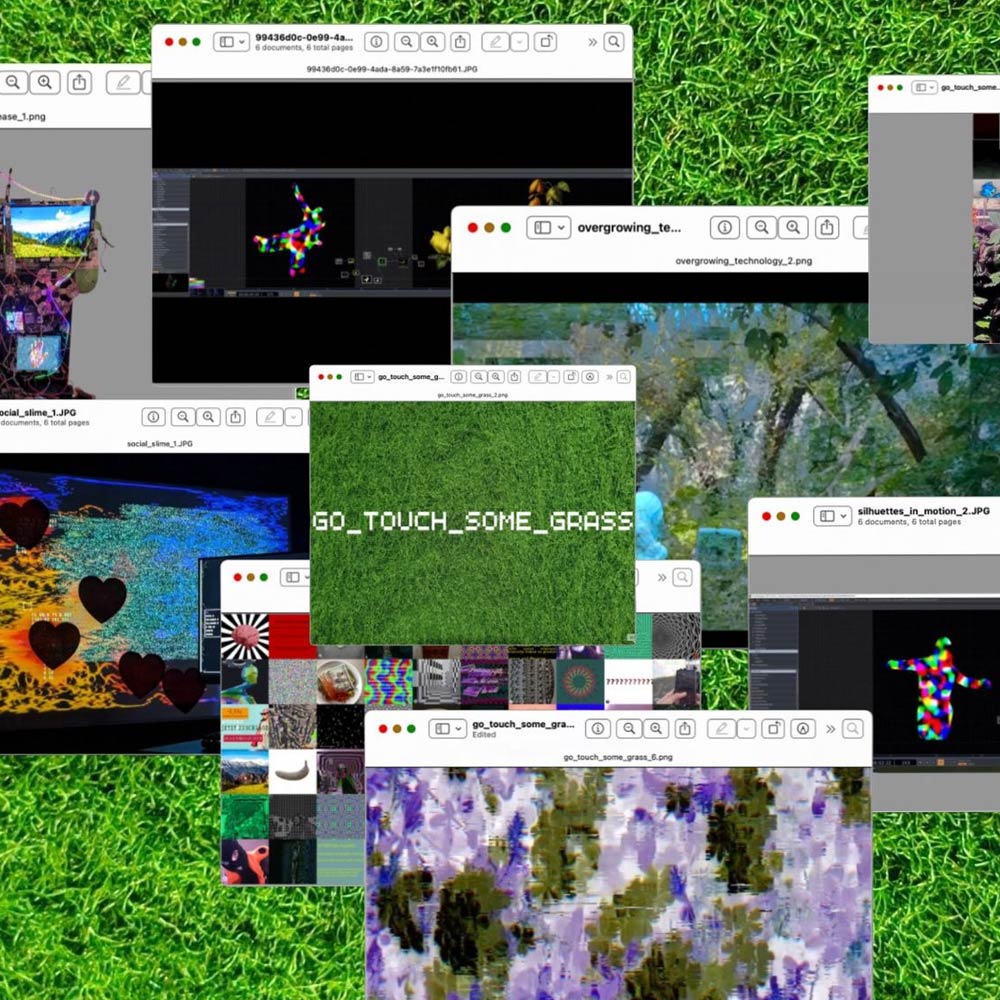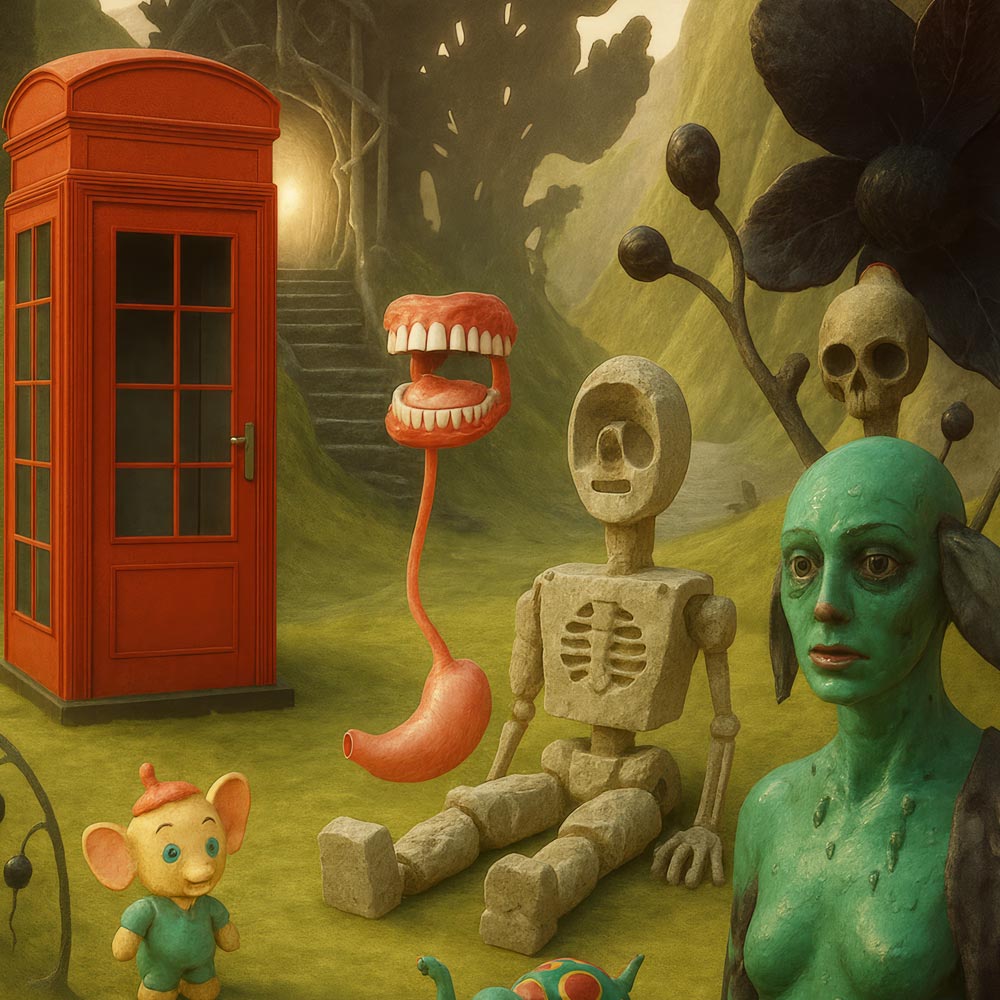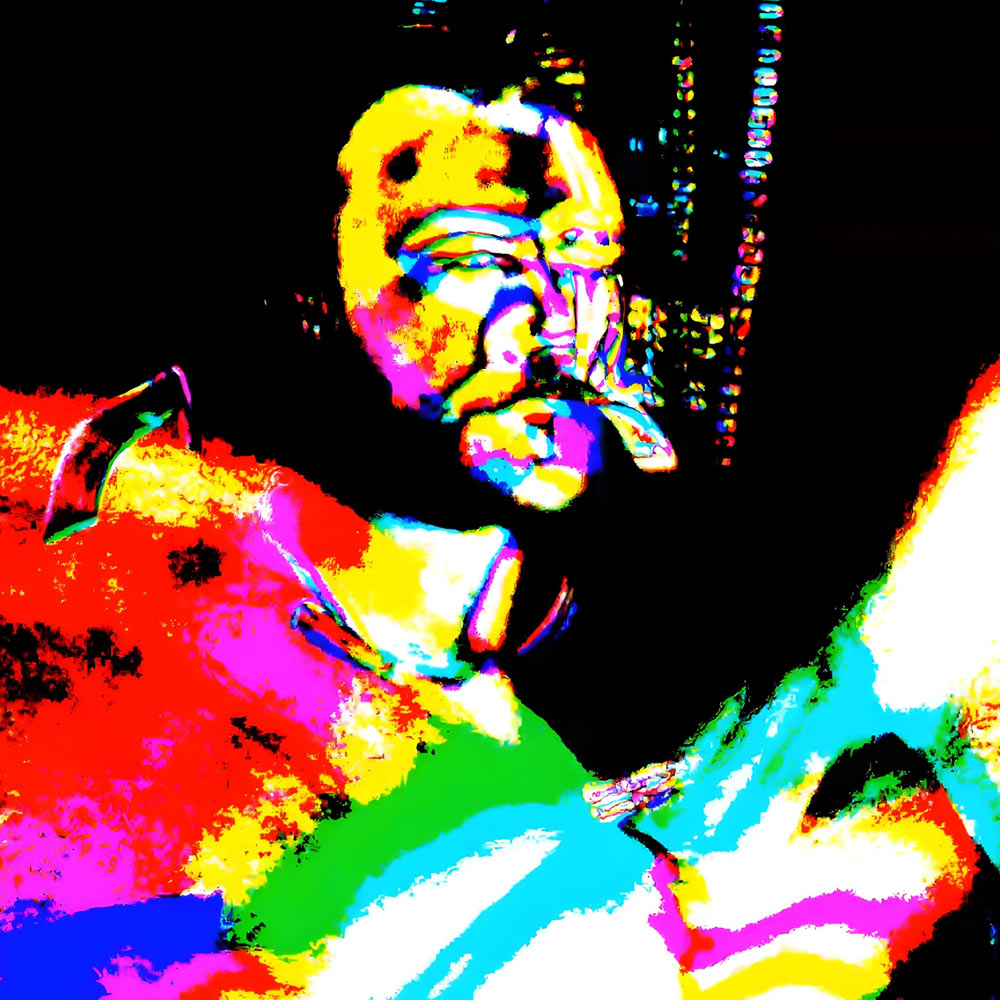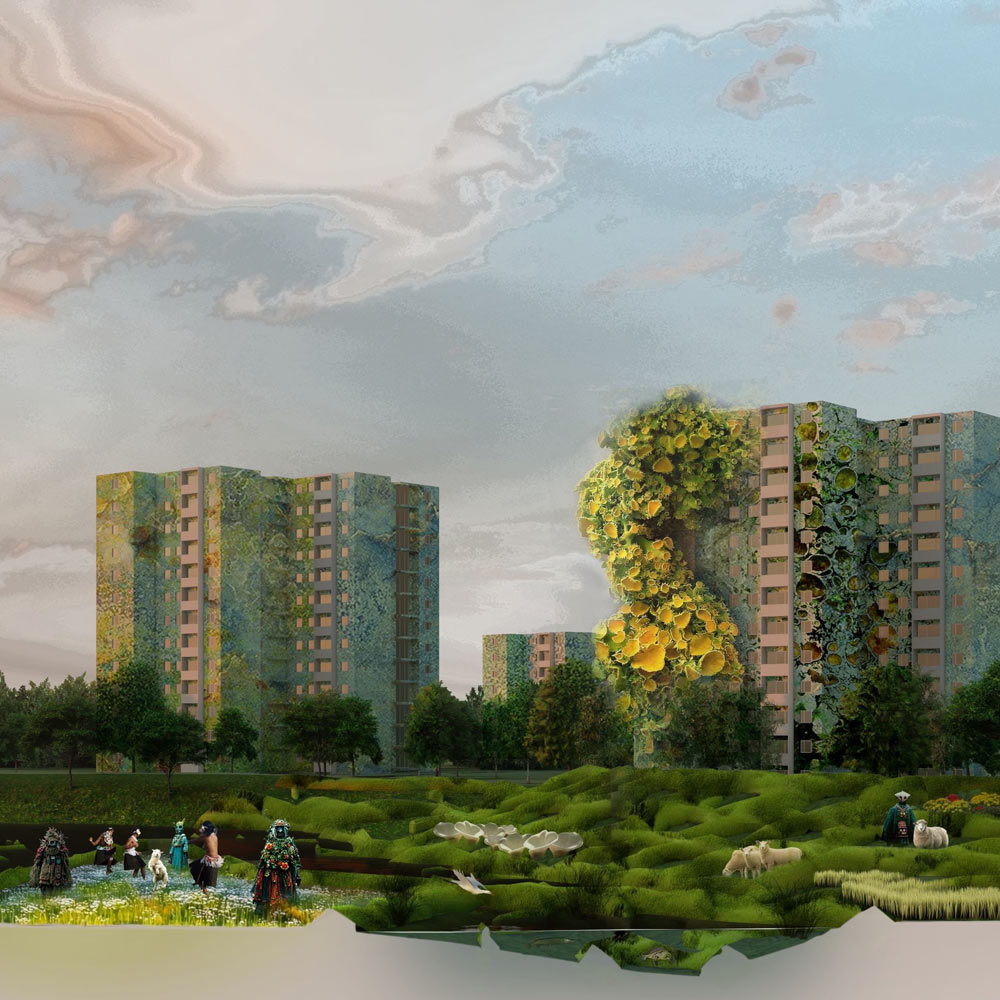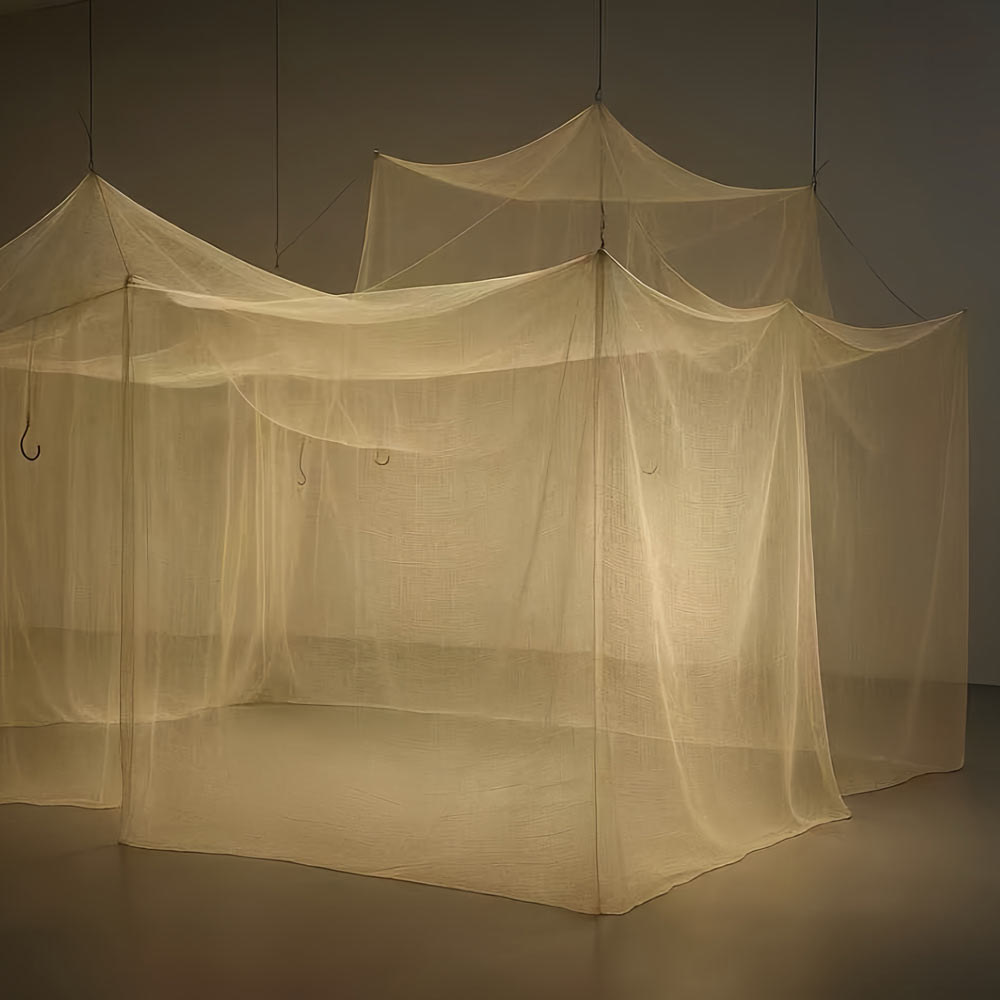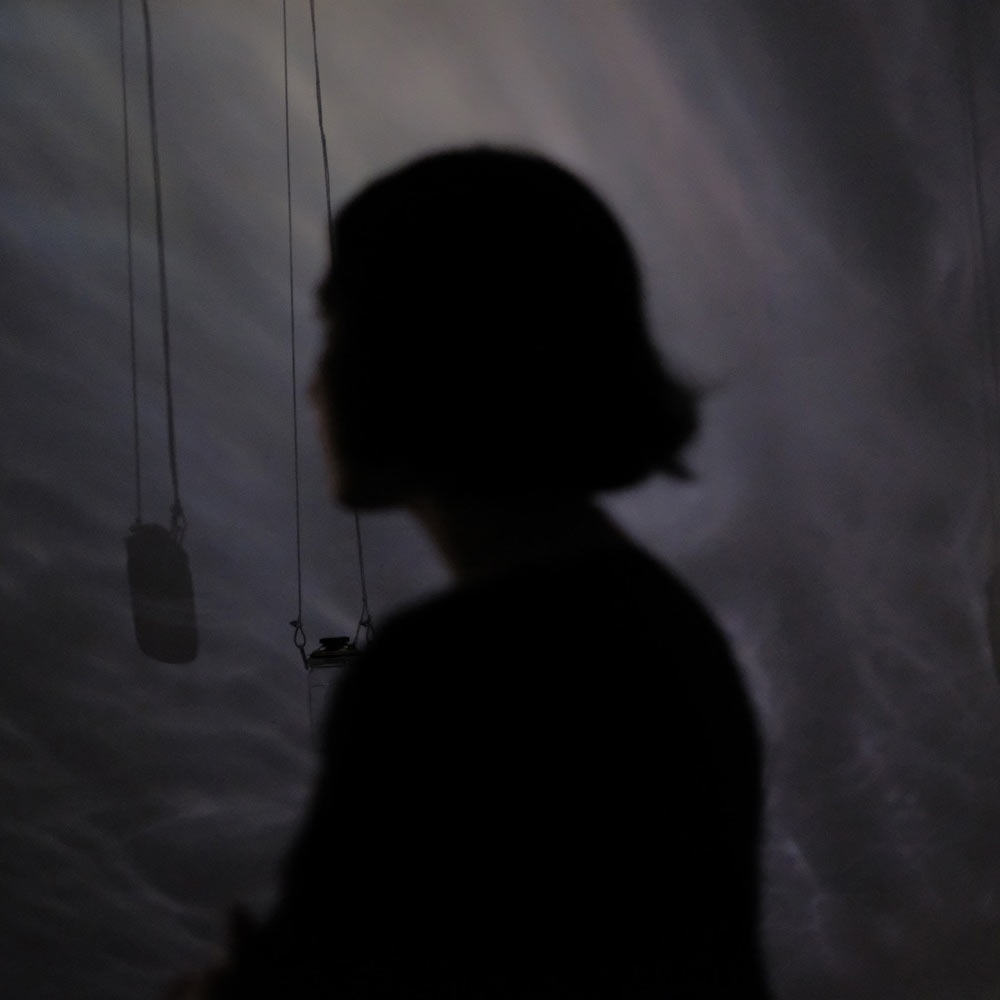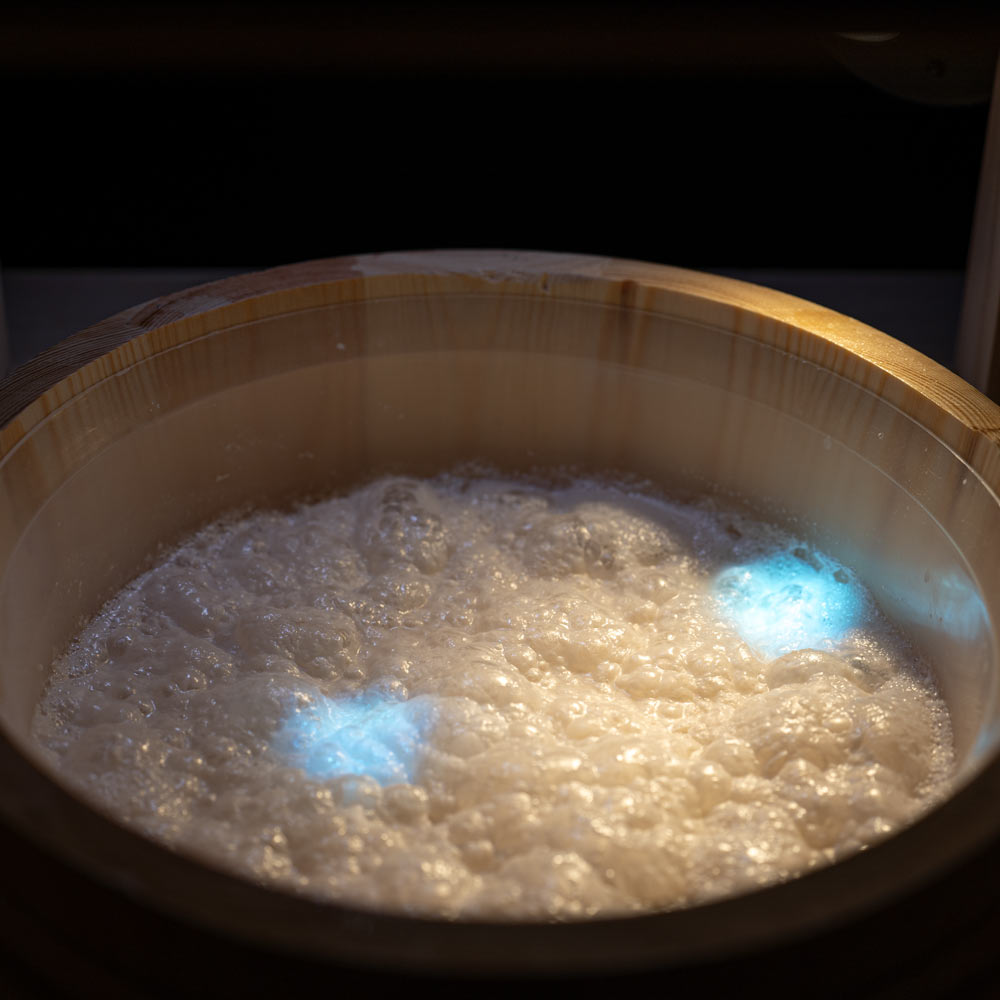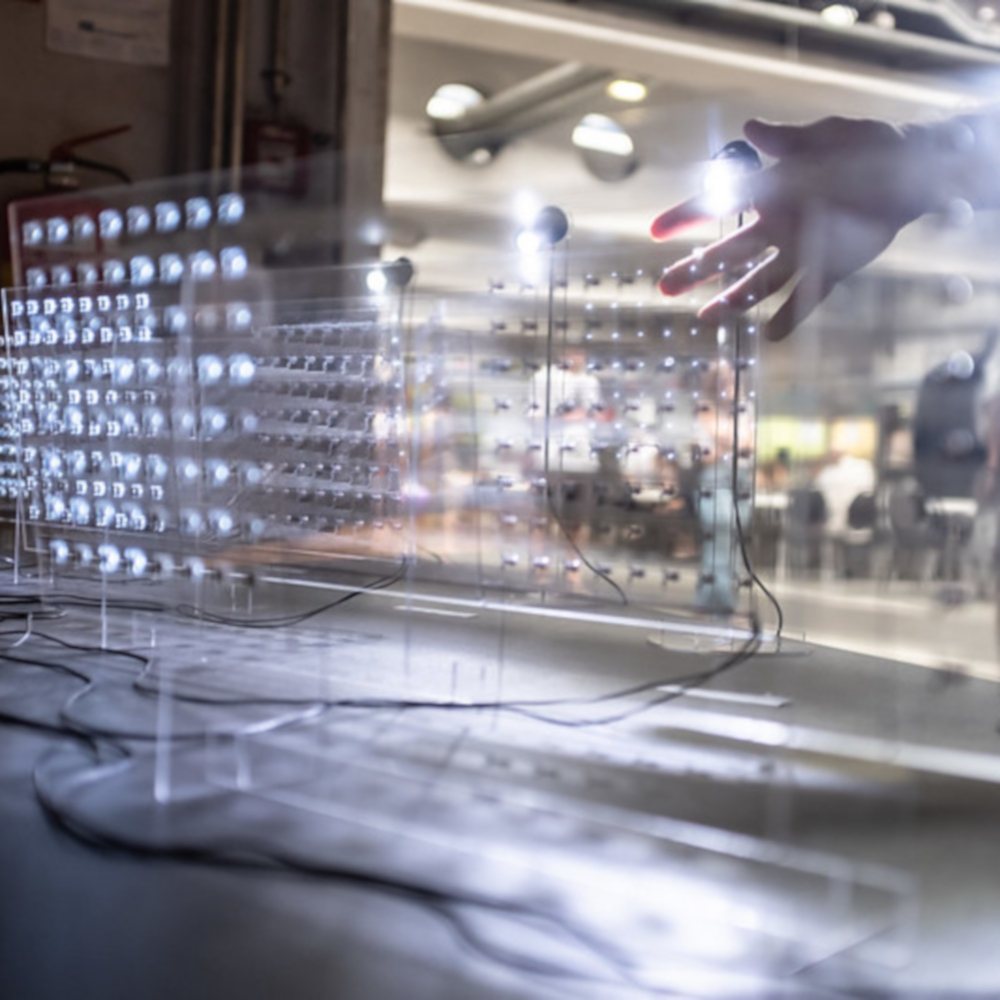What does it mean to prepare for the future when the future itself becomes unpredictable? When institutions falter, when technologies increasingly dominate, and, though designed to provide stability, themselves begin to tremble, then education finds itself at a turning point. In response to this year’s festival theme, PANIC – yes/no, the Campus Exhibition 2025 brings together 37 universities from across the globe and contributions from 14 departments of the University of Arts Linz. Spanning multiple locations, from POSTCITY to the University of Arts’ two main buildings, the Salzamt to splace, the exhibition examines the evolving role of creative education in a time defined by instability and transformation.
The Campus format has long served as a platform to explore how emerging artists are shaped not only by technological developments, but by teaching environments—by the ways they are taught to think, to question, and to act. This year, many of the featured projects shift focus from offering answers to cultivating the capacity to navigate uncertainty. Art, in this context, becomes a form of adaptive intelligence—a rehearsal space for futures as yet unknown.
More than a showcase of student work, the Campus Exhibition is a living laboratory for artistic research, experimentation, and cultural reflection. Artists from around the world engage with a reality marked by crisis, yet not devoid of possibility. The question is no longer whether to panic, but how to respond—with curiosity, resilience, and collective imagination.
The University of Arts Linz, as the co-host and academic partner of Ars Electronica Campus Exhibition, stages its theme both spatially and conceptually. Their intervention Alles.Immer.Offen. transforms sliding doors on Linz’s Main Square into sonic, sensor-driven thresholds that speak to the absurdities of automation and the tensions between transparency and control in public space. By turning a familiar form of technology into a choreography of access and refusal, the project invites reflection on what it means to be open—physically, politically, and psychologically—in a time of crisis.
Also central to this year’s Campus program is the National Academy of Art in Sofia, presented at splace on the Linz’s Main Square. Their exhibition /decisions/make/art reframes artistic creation as a logic of choice, response, and system-thinking. Through interactive installations, generative systems, and machine learning experiments, students explore how aesthetic expression becomes an ethical negotiation—a dynamic interplay between human intention and algorithmic environments. The Expanded Play exhibition—a collaborative effort between the University of Applied Sciences Upper Austria, Masaryk University, and the Film Academy Baden-Württemberg—is located at the Salzamt.
Beyond these anchor institutions, dozens of universities contribute perspectives. Their approaches are diverse—from immersive environments and critical interface design to speculative world-building and performative research—yet they share a common urgency: How can education cultivate not only skills, but resilience? What kinds of learning environments foster experimentation over conformity? And how can pedagogy remain a space of possibility in a world defined by volatility?
In a moment when traditional structures offer little clarity, the Campus Exhibition positions art schools as laboratories for living-with-uncertainty. Rather than answering panic with panic, the participating institutions engage it—as a force to be metabolized, questioned, and, ultimately, transformed. As part of this commitment to emerging voices, Ars Electronica will for the second time present the Campus Award, honoring the most outstanding student project in the exhibition and the institutions that nurture such excellence.
The award ceremony will take place on Saturday, September 6, in POSTCITY.
